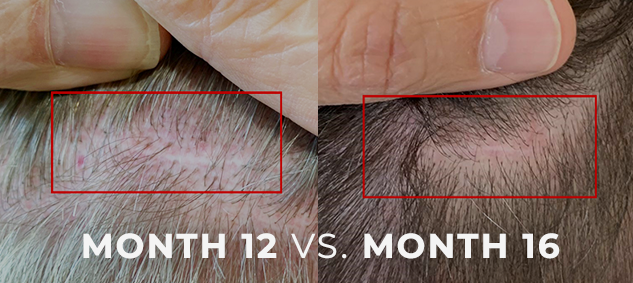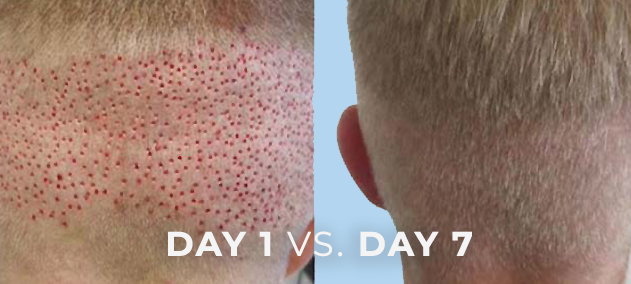When considering surgical hair restoration, there are two primary methods used: FUT (Follicular Unit Transplantation) and FUE (Follicular Unit Extraction). In both hair transplant methods, the follicular units are placed in the recipient area in the same way. Both methods are effective in restoring thicker, natural-looking hair, but it is important to understand how they are different to determine which hair replacement technique is best for you.


Visit one of the DiStefano Hair Restoration Centers near you:
DIStefano has branches in various states to cater to more customers who need hair restoration solutions. Schedule a consultation now!


